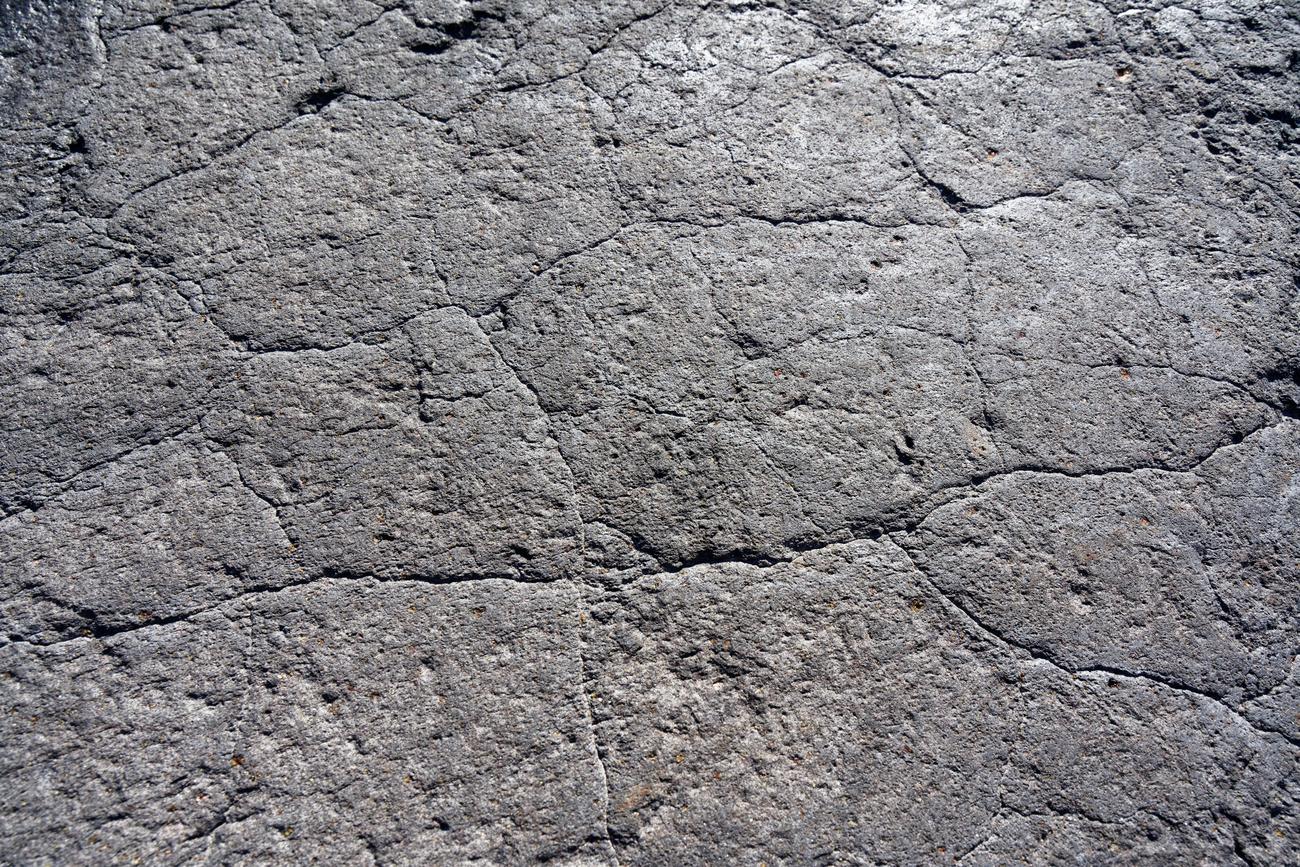Welcome to our article, “Unearthed: Fascinating Granite Facts Revealed,” where we dive deep into the captivating world of granite. Get ready to be captivated by a treasure trove of interesting granite facts that will leave you awestruck. As an experienced geologist with a passion for natural stone formations, I am here to take you on an educational journey through the depths of its composition, formation, and significance in the construction industry. So, fasten your seatbelts and prepare to be mesmerized as we explore the remarkable characteristics of this captivating rock. Get ready, because fascinating granite facts are just a stone’s throw away!

Interesting Granite Facts
Granite, an igneous rock formed from the cooling and solidifying of magma underground, holds a world of intriguing secrets. As an experienced geologist, I am thrilled to share with you some lesser-known but fascinating facts about this remarkable substance. Let’s dive in and uncover the wonders of granite!
- Granite: A Rock’s Ancient Legacy: Granite is no ordinary rock; it stands as one of the oldest on Earth, dating back to the early geologic periods. Its name is derived from the Latin word “granum,” meaning “grain,” precisely due to its granular texture. This unique feature gives granite its mesmerizing appearance and sets it apart from other rocks. Reflecting on its geological history, I can’t help but be in awe of the story it tells.
“Granite, with its ancient lineage, captivates our imagination, revealing tales of a distant past etched in its very grains.”
- Composition: A Symphony of Minerals: The composition of granite is a marvel in itself, composed of various intriguing minerals. With the majority being quartz, feldspar, mica, and hornblende, granite displays an enthralling blend of colors and patterns. These minerals intertwine to create a visual spectacle, capturing our attention and igniting our curiosity about the natural world.
“Within the depths of granite lie a symphony of minerals, each playing its part in the rock’s vibrant melody.”
Formation: A Journey from the Depths: Plutonic in nature, granite forms deep within the Earth’s crust. Forged under immense pressure and heat, it undergoes a slow and transformative journey. As I envision the powerful processes at work beneath the Earth’s surface, I’m reminded of how nature’s patience and resilience shape the very foundations of our planet.
Unparalleled Strength: Granite’s Resilience: Granite’s notable strength and durability have earned it a formidable reputation. Ranking a seven on the Mohs hardness scale, it stands as one of the hardest substances on Earth, surpassed only by diamond. This incredible resilience grants granite the ability to withstand the test of time, making it an ideal choice for enduring structures and monuments.
“In a world fraught with change, granite stands as a steadfast symbol of endurance.”
Historical Significance: An Architectural Legacy: Granite’s influence transcends the realm of geology and extends into the world of architecture and art. Renowned structures such as the pedestal of the Statue of Liberty, the temple complex of Amun-Ra at Luxor, and the majestic Mount Rushmore bear witness to granite’s majesty. These enduring masterpieces leave us in awe, highlighting the rock’s invaluable contribution to human history.
Remarkable Density: A Heavyweight Champion: With a density of approximately 162 pounds per cubic foot, granite is more than two times heavier than water. This incredible heft gives granite a solid and substantial presence, anchoring it firmly in the Earth. When you come across a granite structure, it’s hard not to marvel at its weighty elegance.
“Weighted with the Earth’s embrace, granite stands as a titan of solidity.”
- A Touch of Radioactivity: A Curious Revelation: Did you know that granite possesses a slight amount of radioactivity? While this fact may raise eyebrows, there’s no need for concern. The radioactivity present within granite is at such low levels that it poses no harm to human health. It’s a gentle reminder of the natural variations and surprises our planet holds.
“Radioactivity, a whisper within granite’s core, carries a secret known only to those who seek its hidden whispers.”
In summary, granite, with its ancient origins, diverse composition, remarkable strength, and historical significance, unravels a wealth of astonishing facts. As we explore its mysteries together, I hope you find yourself inspired by the wonders of this magnificent rock. Let the granite’s enduring legacy remind us of the infinite stories embedded within the Earth’s embrace.
(Note: If you’d like to include a table or other specific elements, please provide the necessary details.)
Granite rocks are more fascinating than you might think! Did you know that they are one of the hardest natural stones on Earth? If you’re interested in learning some fun facts about granite rocks, click here to dive deeper into the subject. You’ll uncover interesting information about their composition, formation, and even their use in famous architectural marvels. So don’t miss out on this opportunity to expand your knowledge and appreciate the beauty of granite rocks. Click this link to explore the world of fun facts about granite rocks: Fun Facts About Granite Rocks

FAQ
Question 1
What is the process by which granite is formed?
Answer 1
Granite is an igneous rock that forms from magma cooling and solidifying underground.
Question 2
How old is granite?
Answer 2
Granite is one of the oldest rocks on Earth, dating back to the early geologic periods.
Question 3
Why is it called “granite”?
Answer 3
The name “granite” is derived from the Latin word “granum,” meaning “grain,” due to its granular texture.
Question 4
What minerals make up granite?
Answer 4
Granite is composed of minerals such as quartz, feldspar, mica, and hornblende.
Question 5
What famous structures are made from granite?
Answer 5
Granite is used in famous structures such as the pedestal of the Statue of Liberty, the temple complex of Amun-Ra at Luxor, and Mount Rushmore.
- Unlock 6000+ words beginning with he: A comprehensive analysis - April 20, 2025
- Mastering -al Words: A Complete Guide - April 20, 2025
- Master Scrabble: High-Scoring BAR Words Now - April 20, 2025
















